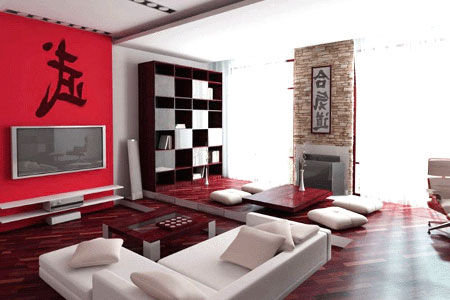
When staging a home for sale, furniture placement is one of the key design considerations to keep in mind. Staging is all about improving home aesthetics and perhaps the easiest way to enhance the look, feel and flow of a room is by optimizing placement of the furnishings. This goal is an easy-to-accomplish and completely free aspect of interior home staging, which can make a huge positive difference in any space.
This article will explore why the actual placement of furniture is just as important as the furniture style itself. We will also discuss some effective strategies for positioning the main components of the room’s décor.
Furniture Placement Defined
Placement refers to the exact position in the room occupied by any given object. Finding proper placement for staging items is all about creating a look which will maximize the functional space of the room, and also increase the perceived size of the space, while simultaneously enhancing the overall aesthetics of the room.
Placement is inherently linked to other important home staging criteria, such as furniture proportion and the principles of color coordination and contrast.
Problems with Placing Furnishings
When people are living in a residence, they can arrange their furniture and accessories to suit their specific needs and preferences. People will basically place their items to reflect the lifestyle which is comfortable to them and their family. However, when staging a home to sell, placement must embrace completely different goals. In essence, placement must now become a part of the real estate marketing plan and should reflect the purely functional and aesthetic desires of the target buyer demographic.
As a home staging consultant, I see many of the same placement issues over and over again in clients’ homes. The usual concerns with furniture placement include any or all of the following:
Poor placement causes restricted traffic flow.
Constricted placement is usually the result of simply too much stuff in the room.
Odd placement comes from a lack of design skills.
Out of proportion item placement is not scaled to the space or to each other.
Placing Furniture Guidance
The main issues I see with placement include simply too much furniture in the room and placement for the sake of comfort, rather than to create a pleasing décor. Most of my clients completely miss the boat on staging, since their first question to me is usually, “What else do I have to buy for this room?” Typically I tell them there are far too many items already and up to half the furniture should be removed and nothing added. Although this may startle their design sense, it always comes as a relief to their budget.
The bottom line comes down to this: If you can truly master the placement of the furniture, buyers will see the home as more functional, larger and more visually pleasing. Will this help the chance for a profitable sale? Come on, you tell me.




